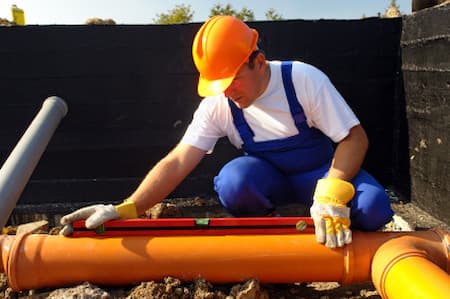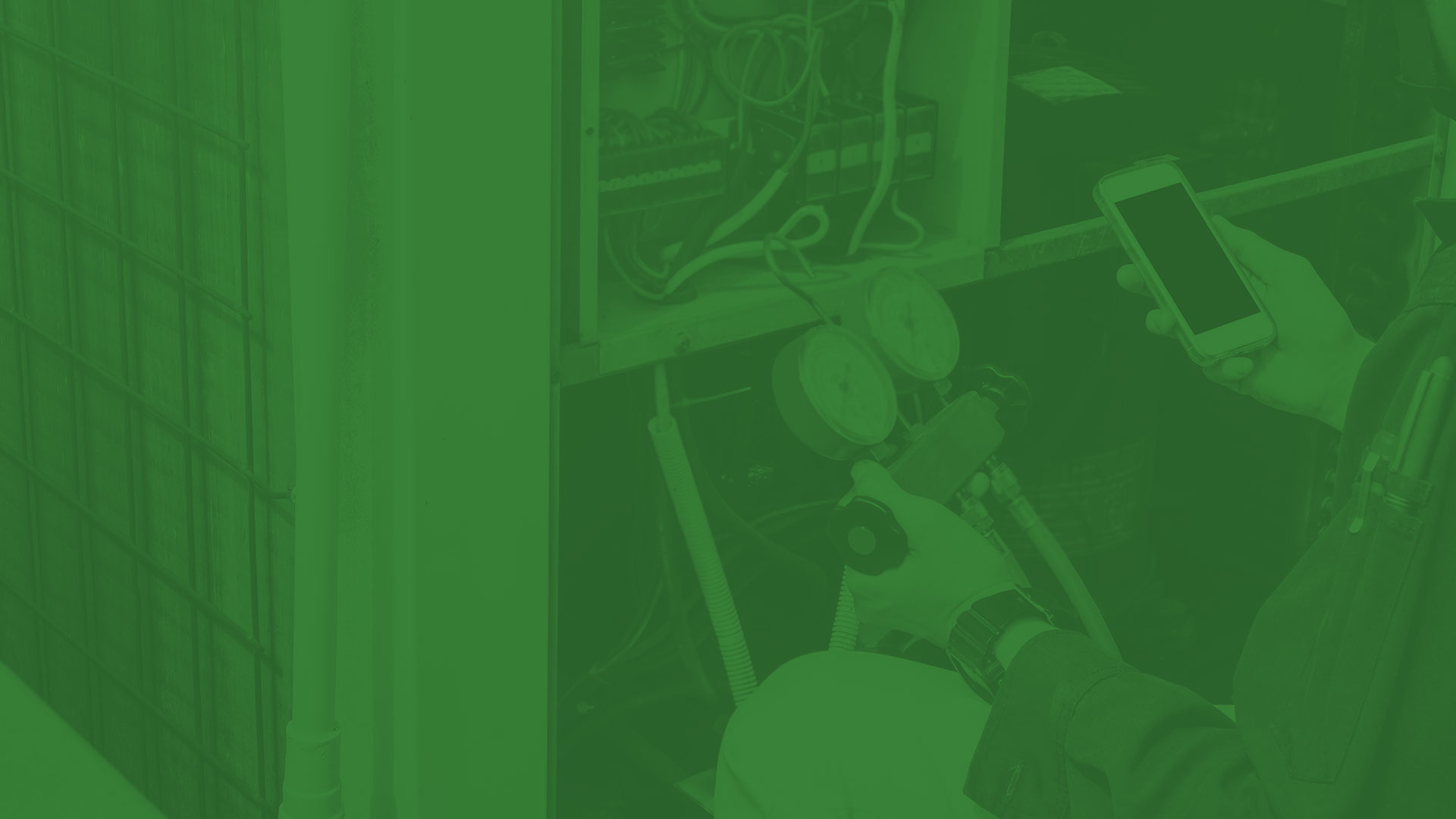What Really Happens Inside a Restored Sewer Line: The Science of CIPP and Epoxy Liners

When it comes to the restoration of sewer and drain lines, few methods are as advanced and minimally invasive as cured-in-place pipe (CIPP) lining and epoxy coating. These technologies have changed how plumbing professionals handle aging or damaged underground systems, offering solutions that repair from within without the mess of digging up a yard or parking lot. Understanding how these methods work can help homeowners and property managers appreciate the long-term value behind the process.
A Look Inside: How CIPP Restoration Works
CIPP stands for Cured-In-Place Pipe, a trenchless rehabilitation technique that essentially creates a brand-new pipe inside the old one. The process begins with a thorough camera inspection to identify cracks, breaks, or root intrusions. Once the pipe is cleaned, a flexible liner—usually made of resin-saturated felt or fiberglass—is inserted into the existing pipe through an access point.
The liner is then inflated using air or water pressure, pressing it tightly against the interior walls of the old pipe. Heat, steam, or UV light is applied to cure the resin, hardening it into a smooth, seamless surface. The result is a structurally sound “pipe within a pipe” that seals leaks, eliminates weak joints, and restores full functionality. It’s a permanent fix that can last for decades, often exceeding the lifespan of the original line.
The Science Behind Epoxy Coating
Epoxy coating is another effective method used for smaller diameter lines, such as interior drain pipes or branch lines. In this process, a liquid epoxy resin is sprayed or rolled inside the pipe after it has been thoroughly cleaned. As it cures, the epoxy adheres to the existing pipe’s surface, forming a corrosion-resistant, watertight barrier.
This coating not only repairs small cracks and pinholes but also prevents future buildup of debris and mineral deposits. Because it bonds directly to the old pipe, it eliminates the need for full replacement while extending the system’s life considerably.
How These Methods Bond and Seal for the Long Term
Both CIPP liners and epoxy coatings rely on precise surface preparation. Cleaning the interior ensures the resin or epoxy can bond properly to the host pipe. Once cured, the new material becomes an integral structural layer, sealing out leaks and preventing infiltration from roots or groundwater.
Unlike traditional patch repairs, these solutions restore the full diameter and flow efficiency of the line. The finished surface is smooth and non-porous, which helps resist scaling and corrosion—two of the most common issues in older plumbing systems.
Common Misconceptions About Sewer Line Restoration
Many homeowners assume that pipe restoration is a temporary fix, but modern CIPP and epoxy technologies are designed to last 50 years or more. Another misconception is that all damaged lines require excavation, but trenchless methods eliminate most of that disruption. In fact, for many residential and commercial properties, these systems can be restored in a single day.
Inspecting and Maintaining Restored Lines
Even though CIPP and epoxy solutions are long-lasting, maintenance remains essential. Regular drain cleaning and periodic camera inspections help ensure the lining remains intact and free from debris. For property managers, scheduling these inspections every few years can prevent small issues from turning into costly repairs later.
Professional plumbing companies often use advanced video inspection tools to verify liner integrity after installation. These inspections confirm that the new surface is smooth, sealed, and ready for years of dependable service.
Why It Matters for Homeowners and Businesses
For homeowners, CIPP and epoxy restoration represent peace of mind. There’s no need to tear up landscaping or disrupt daily life to fix hidden plumbing damage. For commercial and municipal systems, these methods reduce downtime and protect infrastructure investments. When performed by an experienced upstate South Carolina plumber, the process provides both durability and long-term savings.
For reliable restoration of sewer and drain lines in Upstate South Carolina, contact Mathis Plumbing & Heating Co., Inc. today to schedule your expert service.
